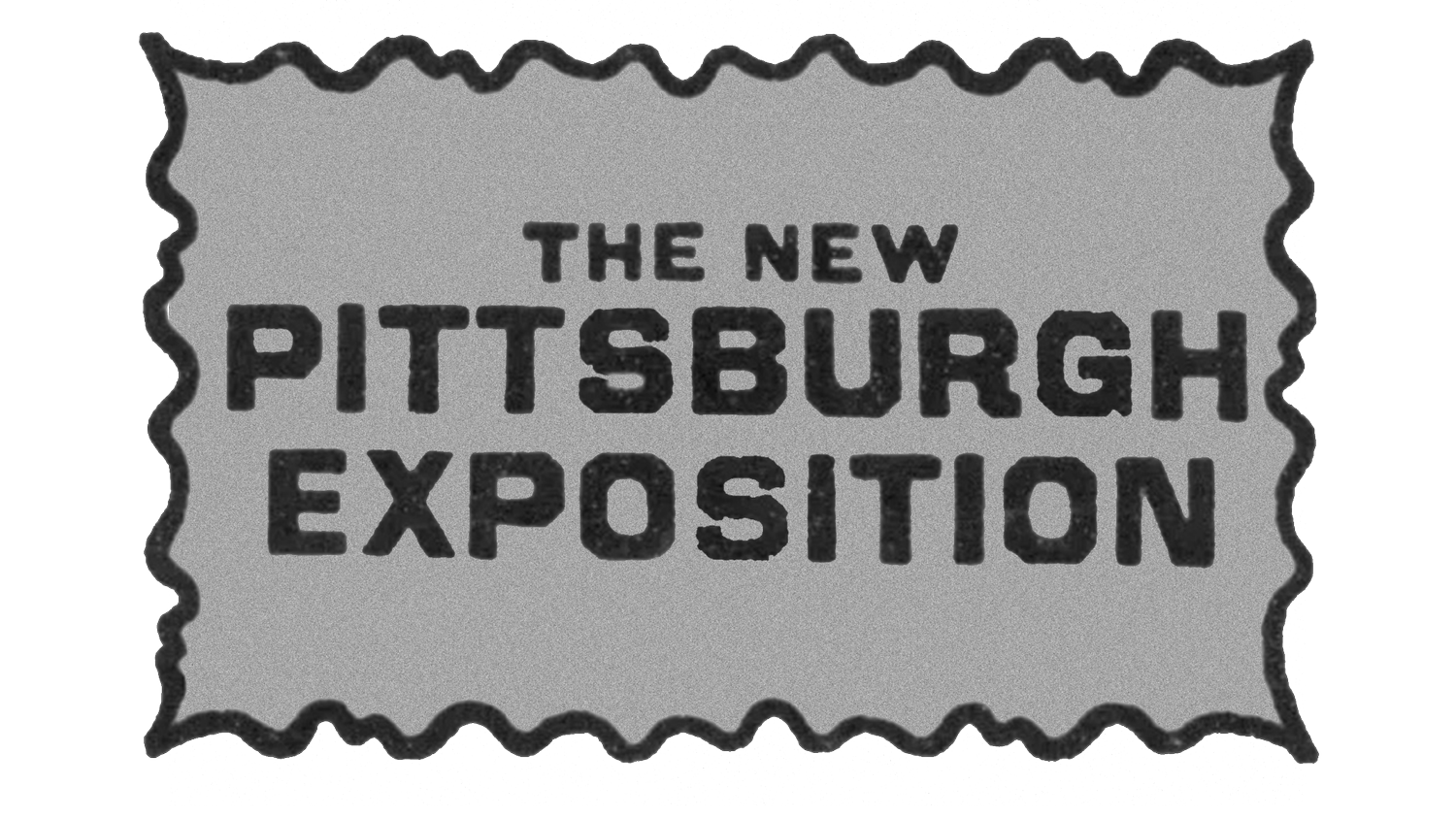Tech, Meds, and Eds: History Center Expands Exhibit on Pittsburgh Innovations
The Pittsburgh: A Tradition of Innovation exhibition has expanded to include dynamic, immersive new sections that show how Pittsburgh transformed from an industrial center to a hub for technology, education, and medicine.
The Senator John Heinz History Center – the Smithsonian’s home in Pittsburgh – has completed a substantial update and expansion of its flagship exhibition, Pittsburgh: A Tradition of Innovation, which shares the stories of how Western Pennsylvania innovators and their groundbreaking achievements have impacted our society.
The long-term exhibition includes dynamic, immersive new sections that show how Pittsburgh transformed from an industrial center to a hub for technology, education, and medicine. The exhibit expansion is made possible with support from UPMC and UPMC Health Plan.
“Western Pennsylvanians have changed the world through hard work, ingenuity, and a ‘We Can Do It’ spirit that defines our region,” said Andy Masich, president, and CEO of the History Center. “From the polio vaccine to liver transplants and from robots to self-driving cars, the expansion of the Innovation exhibition includes much-needed updates to the ever-changing Pittsburgh story.”
“UPMC and UPMC Health Plan are proud to sponsor the Heinz History Center’s expansion of its excellentInnovation exhibition,” said Diane Holder, President and CEO, UPMC Health Plan and Past Chair and current Board Member of the History Center. “The updated exhibit further reflects our region’s leadership – past and present – in areas including health care, science and engineering, and will hopefully serve as an inspiration for tomorrow’s innovators, especially those from right here in our region.”
Exhibit highlights include:
A vial of Dr. Jonas Salk’s polio vaccine (signed by Dr. Salk), featured in an updated section with archival images and video.
A special section on the Freedom House Ambulance Service, a trailblazing agency that trained Black men and women as paramedics to deliver desperately needed emergency medical care to the Hill District, Pittsburgh’s largest African American neighborhood.
The white physician’s coat, surgical glasses, and other objects used by Dr. Thomas Starzl, and the team that worked with him. Starzl helped to build the largest organ transplant program in the world at UPMC.
The “Andy” lunar rover, designed by 50 students at Carnegie Mellon University in 2014, which won Google’s Lunar XPRIZE Milestone Prize in the mobility and imaging subsystem categories. The rover is named for CMU founders Andrew Carnegie and Andrew Mellon.
Objects and images that document the groundbreaking discoveries of two of the seven known viruses that cause cancer by Dr. Yuan Chang and Dr. Patrick S. Moore at the UPMC Hillman Cancer Center.
An Argo AI car, made by the Ford Motor Company in 2016, that was one of the first self-driving automobiles tested on Pittsburgh’s streets.
Objects that document history happening right now: our region’s response to the global COVID-19 pandemic. Artifacts include a respirator made by MSA Safety, personal protection equipment (PPE) worn by doctors and nurses, and COVID-19 virus models and research equipment from the University of Pittsburgh’s Center for Vaccine Research.

